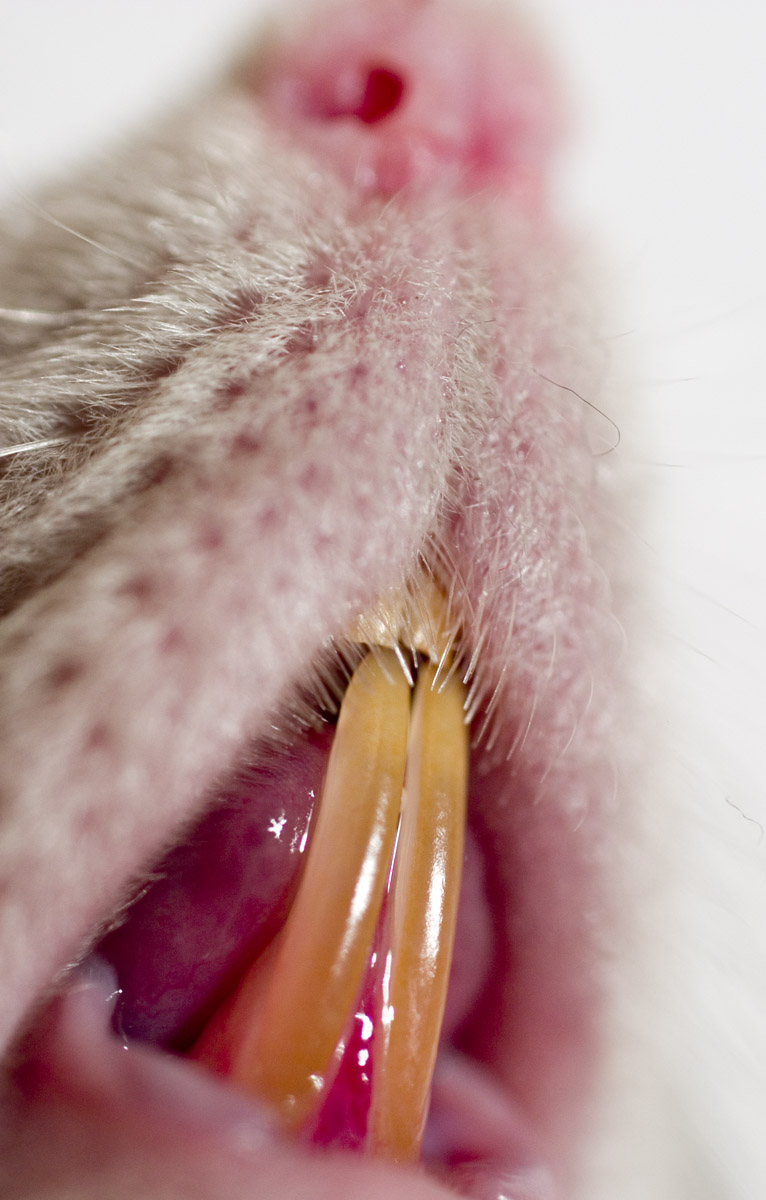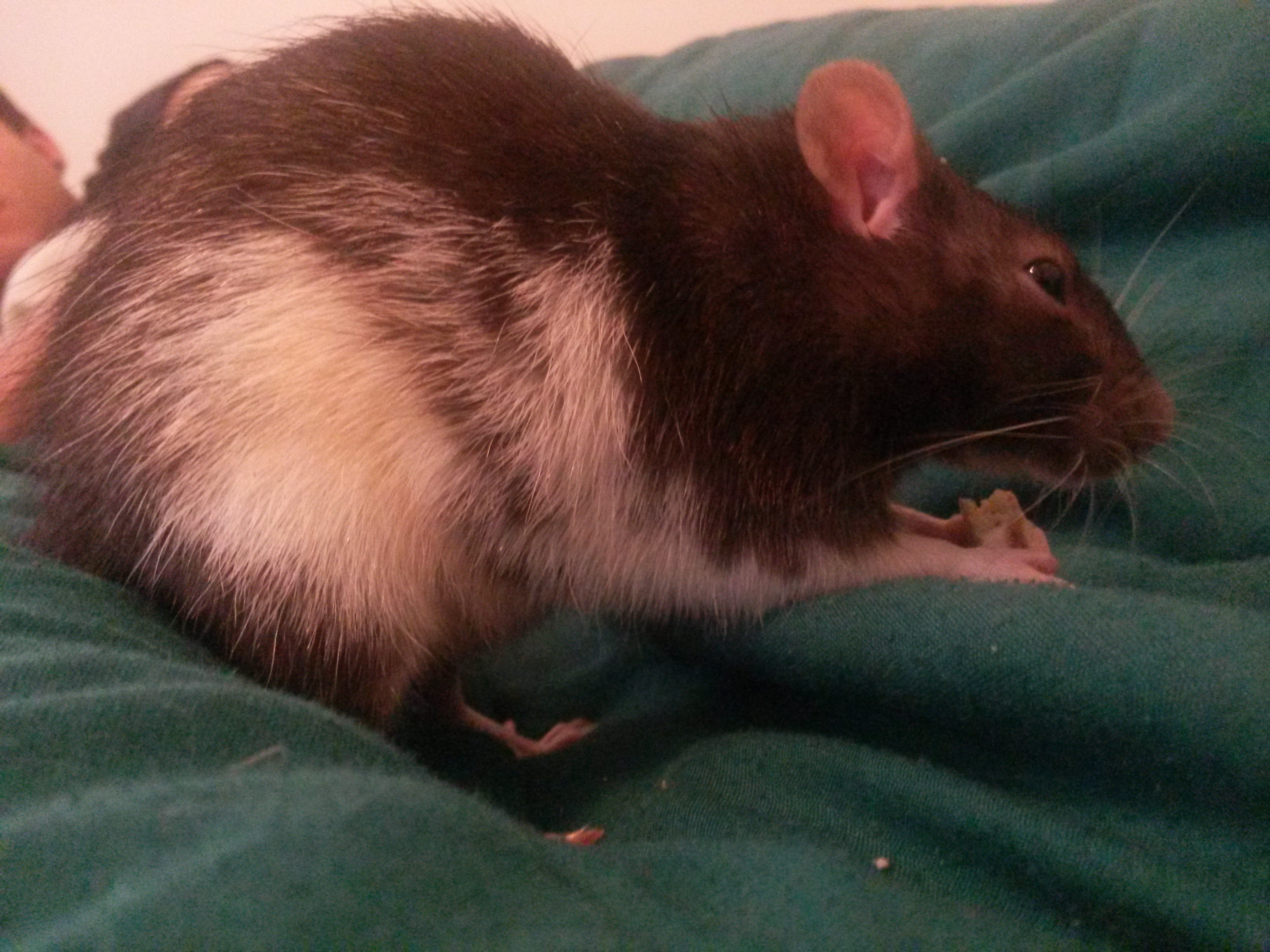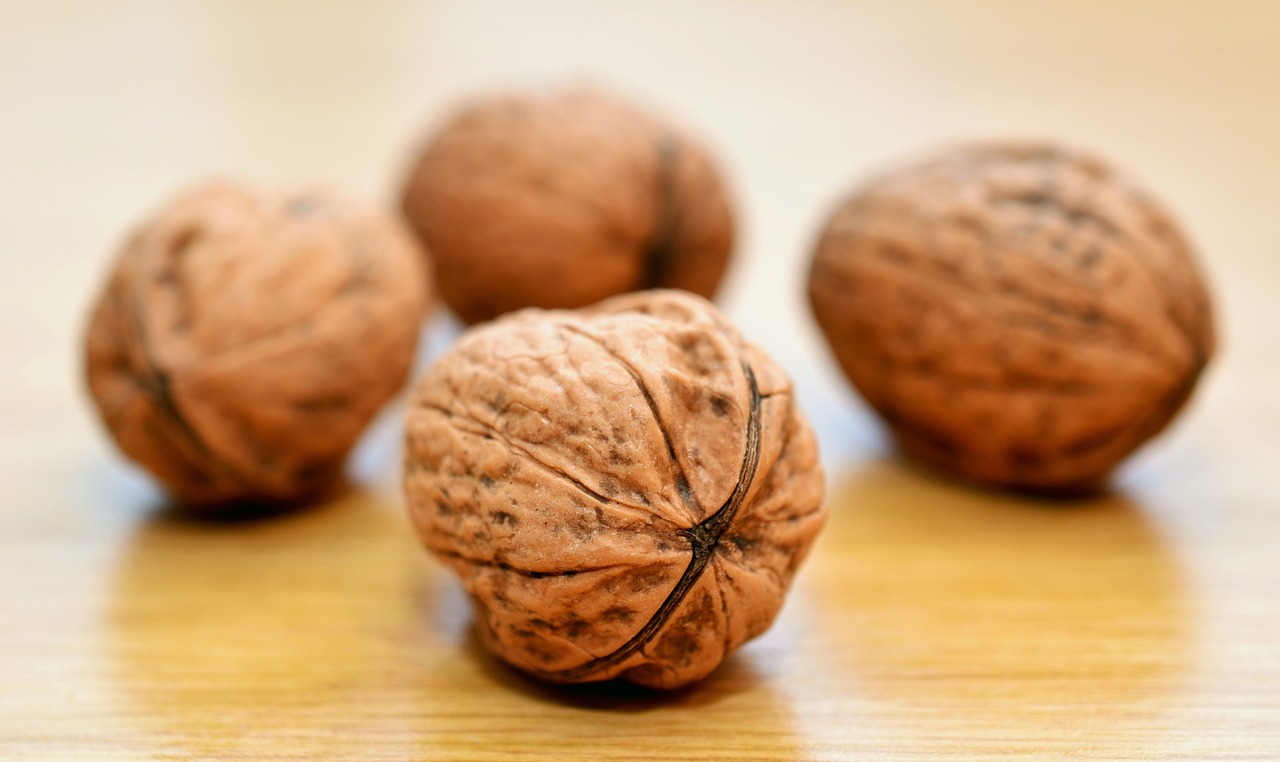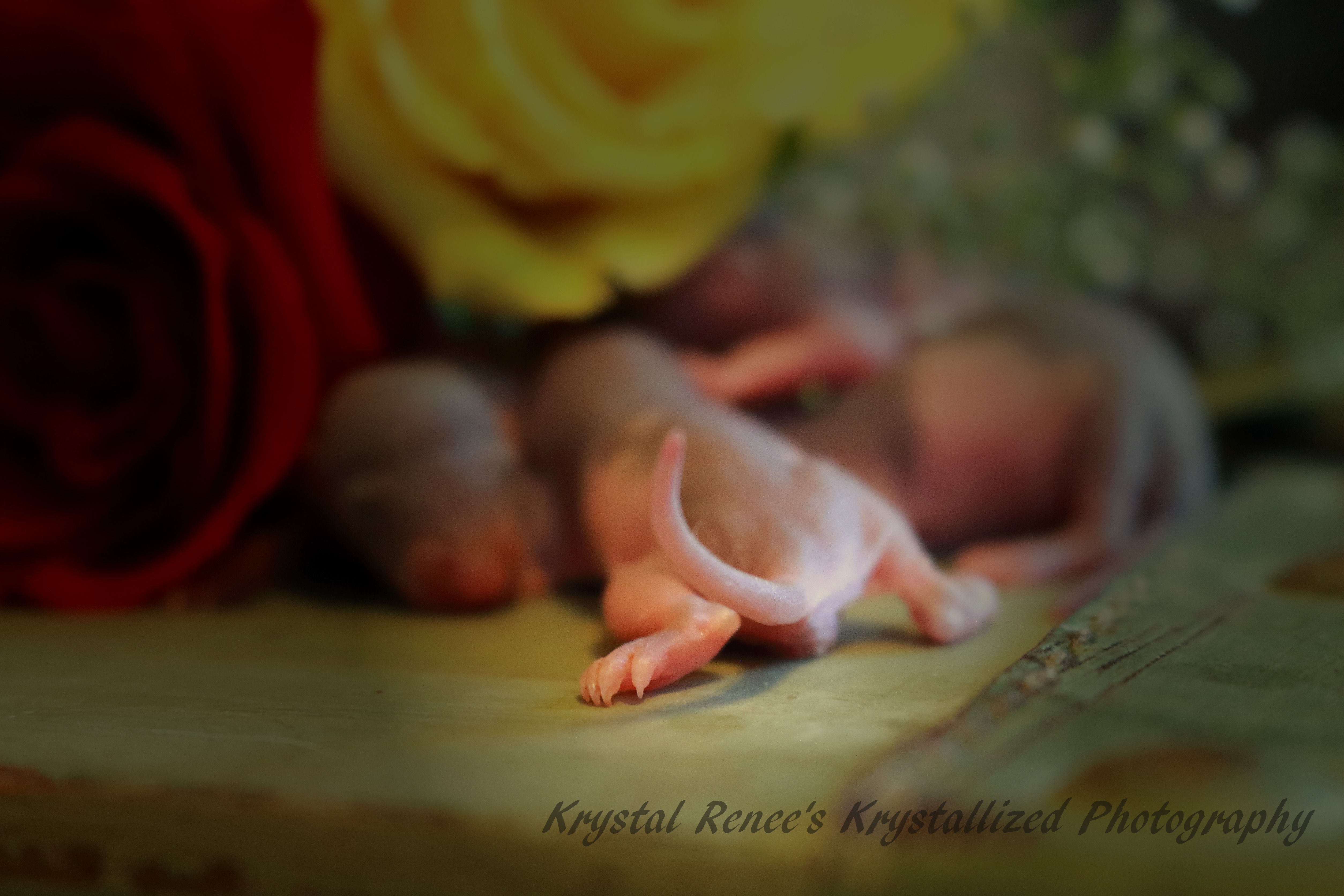How Can I Tell How Old My Pet Rat Is?
If you obtained a rat that is 3 months old or older, you may have a hard time telling how old it is. In addition, rats live relatively short lifespans; and health has everything to do with appearances. In a poor environment with a terrible diet, even a 5 month old rat could appear as if it’s over 2 years old. Once you have your rat in good health, here are some pointers for figuring out how old your rat MIGHT be!

Coloring of the Rat’s Teeth
 One of the quickest ways to tell a rat’s age is by its teeth. Look for a distinct coloration of the front incisors. In younger rats, their incisors will be a pleasant shade of pale yellow, darkening as they get older. In adult rats, the teeth will have a dark yellow or slight orange tinge. As the rat becomes a senior, teeth will become a darkened orange that some may find worrying. This is not a foolproof method, as you must remember that genetics and health can play a role in how quickly a rat ages or even the pigmentation of the teeth. However, most of us rat owners can see a distinct difference in the teeth of our rats from different age groups!
One of the quickest ways to tell a rat’s age is by its teeth. Look for a distinct coloration of the front incisors. In younger rats, their incisors will be a pleasant shade of pale yellow, darkening as they get older. In adult rats, the teeth will have a dark yellow or slight orange tinge. As the rat becomes a senior, teeth will become a darkened orange that some may find worrying. This is not a foolproof method, as you must remember that genetics and health can play a role in how quickly a rat ages or even the pigmentation of the teeth. However, most of us rat owners can see a distinct difference in the teeth of our rats from different age groups!
Observing the Rat’s Coat

You can see the longer guard hairs on this male rat, especially against the lighter background along the arch of the back.
If the rat has an average length coat that is silky, smooth, lustrous, and even in length, it is likely that the rat is under 9 months old (possibly under 6 months old for males). During or shortly after puberty (depending upon sex, genetics, health, and more), the coat will develop longer, thicker guard hairs among the softer “baby” fur. Males tend to have a bit more coarse fur than females. However, this only applies to standard fur rats. Satins, for example, might maintain a shiny, fair coat that is always softer to the touch. If the fur is rough, unkempt, dull, and potentially missing in spots, it is likely that the rat is over 18 months of age.
 Before you can determine whether or not a rat is old due to a poor coat, offer the rat a top quality formula supplemented with some fresh fruits and veggies for 30 days. Have the rat evaluated by your vet, treating any parasites that it might have (such as lice or mites) that would compromise the health of the coat. A rat who is in poor health will bounce back with a healthy, lustrous coat in many cases. Even balding spots could be caused by parasites; but, balding can also be a symptom of old age. It is not as common to see a rat balding due to age, especially since this tends to occur when the rat is three years of age or older. Balding might also be due to the fact that the rat has a link to rexing or hairless genes in his or her family line.
Before you can determine whether or not a rat is old due to a poor coat, offer the rat a top quality formula supplemented with some fresh fruits and veggies for 30 days. Have the rat evaluated by your vet, treating any parasites that it might have (such as lice or mites) that would compromise the health of the coat. A rat who is in poor health will bounce back with a healthy, lustrous coat in many cases. Even balding spots could be caused by parasites; but, balding can also be a symptom of old age. It is not as common to see a rat balding due to age, especially since this tends to occur when the rat is three years of age or older. Balding might also be due to the fact that the rat has a link to rexing or hairless genes in his or her family line.
Contacting the Breeder or Rescue
 If you adopted the rat from a breeder, he or she should be able to tell you how old the rat you adopted is. Contact the breeder first, and find out information regarding the rat’s birth date. Some breeders, such as low quality and irresponsible feeder breeders, will not keep decent records of births. If he or she is unable to supply you with a date, you can use an alternate method if you obtained the rats as smaller juveniles. If the rat was at least 25% smaller when you adopted it, you should assume that the amount of time you have owned it PLUS 3 months is its approximate age. Your estimated age might be off by up to 2 months, but that is still fairly accurate!
If you adopted the rat from a breeder, he or she should be able to tell you how old the rat you adopted is. Contact the breeder first, and find out information regarding the rat’s birth date. Some breeders, such as low quality and irresponsible feeder breeders, will not keep decent records of births. If he or she is unable to supply you with a date, you can use an alternate method if you obtained the rats as smaller juveniles. If the rat was at least 25% smaller when you adopted it, you should assume that the amount of time you have owned it PLUS 3 months is its approximate age. Your estimated age might be off by up to 2 months, but that is still fairly accurate!
IF you adopted the rat from a rescue, see if the rat was born there. If not, attempt to find out when the rat was taken in by the rescue. Add the amount of time between surrender and your adoption to the amount of time you have owned the pet. If the rat was full sized when you adopted it, it is at least 5 months older than your previous calculations. The rescue MIGHT even know how long the previous owner had the rats before surrender; if not, they might still be able to contact them for that information!
